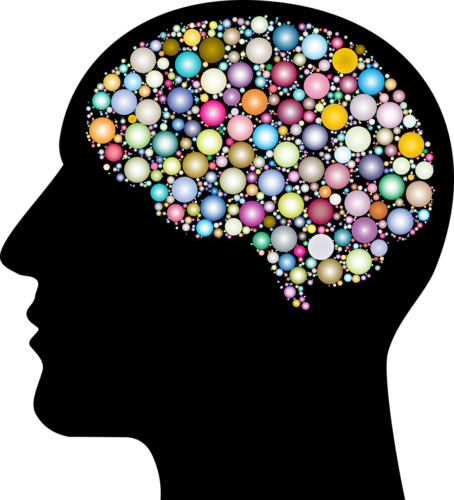
What do we know about girls who experience conduct problems? Despite being historically ignored by researchers and the general public, girls have unique risk factors for conduct problems and end up exhibiting different outcomes associated with their conduct problems as compared to boys.

The pandemic underlines the interplay between parental distress and children’s emotional and behavioral well-being & provides us with an opportunity to think about parental resources, perceptions, and coping strategies to enhance parenting effectiveness and parenting behavior.

Have you ever wondered what a postdoctoral researcher (a.k.a postdoc) is and what they do? See this article for answers to some basic questions about being a postdoc.

Microdosing has captured the attention of the public, yet research has yet to catch up with cultural interest. This reader-friendly review highlights the current literature on this topic and provides practical considerations for individuals hoping to partake in this newest drug trend.

As we begin returning to campus, be sure to check out Pritzker Hall, a cognitive illusion in UCLA’s backyard!

Stereotypes are pervasive in society. They can even affect what careers people choose. Here we discuss how stereotypes affect us from childhood into adulthood, and what we can do to counter their negative effects.

Many people are spanked growing up to the point where it is a normalized experience. This blog post will explore the negative outcomes associated with spanking, and why it’s such a common parenting tactic used in the United States.

Social media has increased the spread of news–some truthful, and others less so–in recent years. Is this information consumed differently across different age groups? And how does its persuasiveness change across the lifespan?

The dramatic changes within the first year of development

Studies have linked procrastination to personality traits like impulsivity and corresponding neural systems, but there is another psychological factor that leads us astray—which can be overcome with simple strategies (that is not a brain transplant).

Bayesian Reasoning: What is it and how can it help our decision-making? In this article, we explain the Bayes’ Theorem, discuss contexts where bayesian reasoning is important, and review research on how to improve one’s bayesian reasoning.

If you read magazines, watch TV, or use the internet and social media, chances are you’ve seen advertisements, commercials, or glowing celebrity endorsements for weight-loss products like diet pills, “flat tummy teas,” or laxatives. What they don’t show is that young women who use diet pills and laxatives for weight loss are more likely to be diagnosed with an eating disorder than those who don’t use those products.

Are you a stressed out parent? You’re not alone, and research can help.

Is there a separate aspect of intelligence that dictates our interactions with other people? And is our ability to understand and manage emotions a skill that we can improve?

Given the choice, students likely prefer to take collaborative rather than individual exams but have you ever wondered how collaborative tests affect your education?

What might influence some children to retain more words than others? Significant research holds an explanation: sleep.

Ever wonder about the method behind the madness (aka psychological science)? Our article walks you through some of the steps that go into testing, and re-testing, research questions. Spoiler alert: no one study can tell you all you need to know about a specific question!

In this article, I explain how we evaluate our own learning and knowledge, also known as metacognition, and why our metacognition can sometimes go awry.

Paying a child a compliment can cost a lot more than you would think.

Crows have long been portrayed as uniquely intelligent birds, but how much of this is based on fact? Studies have revealed that crows possess remarkable cognitive abilities, with a recent report suggesting that they may even have a form of consciousness.

Animals hold dynamic mental representations of their social partners during social interactions.